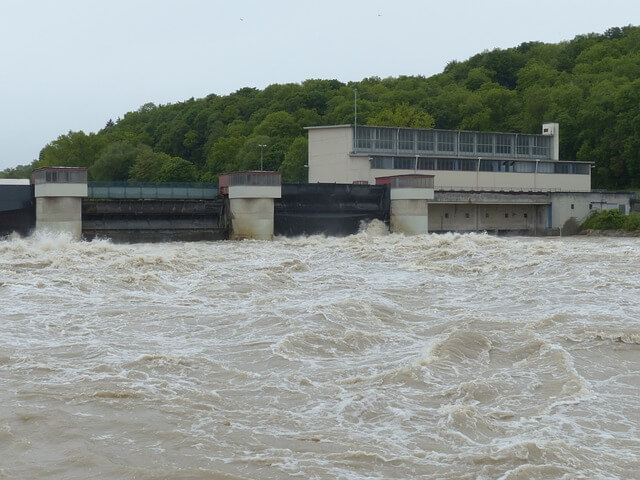What is the Diversion Headwork?
The hydraulic structure which is constructed at the head of the canal, so as to ensure a regulated continuous supply of silt-free water with a certain minimum head into the canal is known as diversion headwork.

Components Of a Diversion Headwork
1. Weir or barrage
2. Under sluices
3. Divide wall
4. Fish ladder
5. Canal head regulator
6. Silt excluders
7. River training works
Location Of Diversion Headwork
The location of diversion headwork depends on the stages of flow in the river. The river in our country has the following four stages:
- Rocky stage or hilly stage
- Boulder stage
- Alluvial stage
- Delta stage
Functions Of Diversion Headwork
1. To raise the water level at the head of the canal.
2. It regulates the supply of water into canals.
3. It controls the entry of silt into the canal.
4. It controls the fluctuation of water level in the river during different seasons.
5. It provides some storage of water for a short period.
Site Selection For Diversion Headwork
1. The river section at the site should be narrow and well-defined.
2. The elevation of the site should be higher than the area to be irrigated for gravity flow.
3. The site should be such that the wire and barrage can be aligned at right angles to the direction of flow in the river.
4. The diversion headworks should not submerge. Valuable land and property on its upstream site.
5. The site should provide a good foundation for the construction of weir and barrage.
6. The required materials for construction should be available near the site.
7. The site should be easily accessible by road or rail.
8. The overall cost of the project should be minimum.